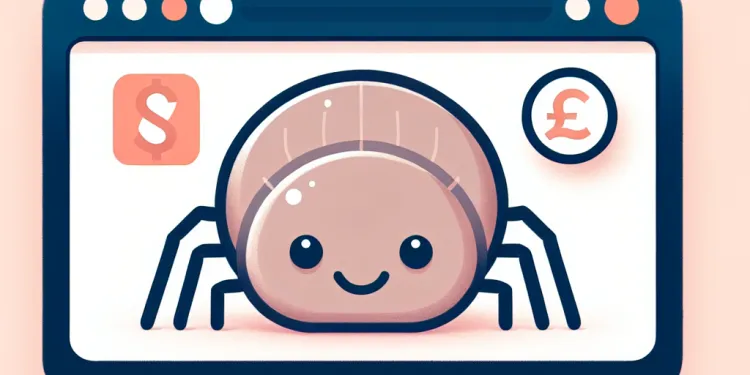
Find Help
More Items From Ergsy search
-
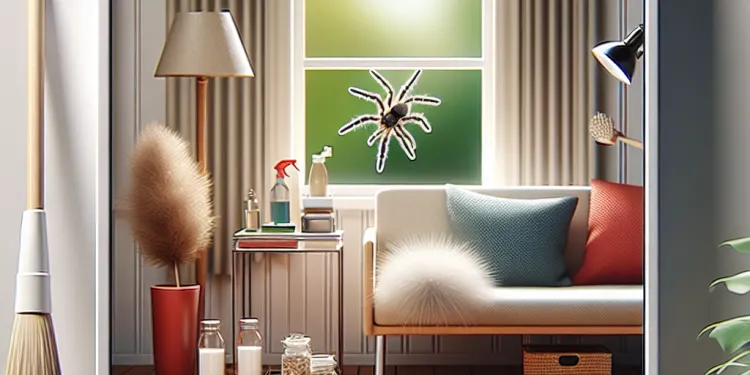
What should I do if I find a spider in my home?
Relevance: 100%
-
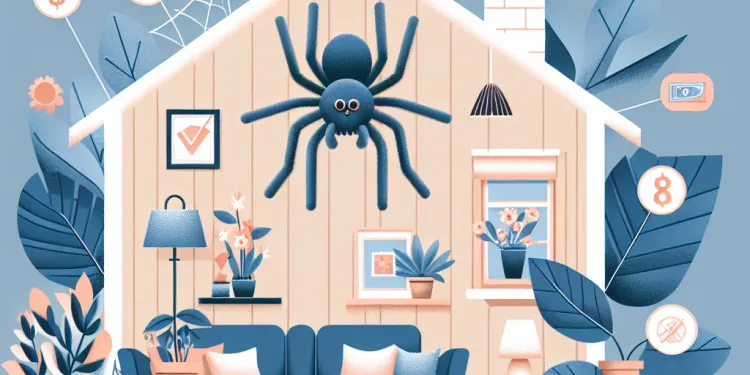
What are the benefits of having spiders in the home?
Relevance: 99%
-
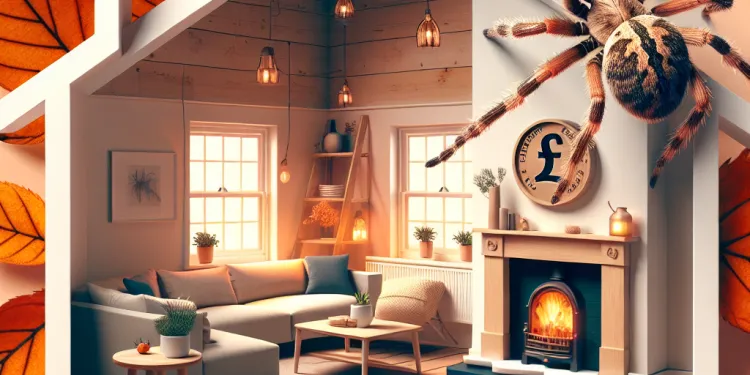
Why might there be more spiders in the home during autumn?
Relevance: 94%
-
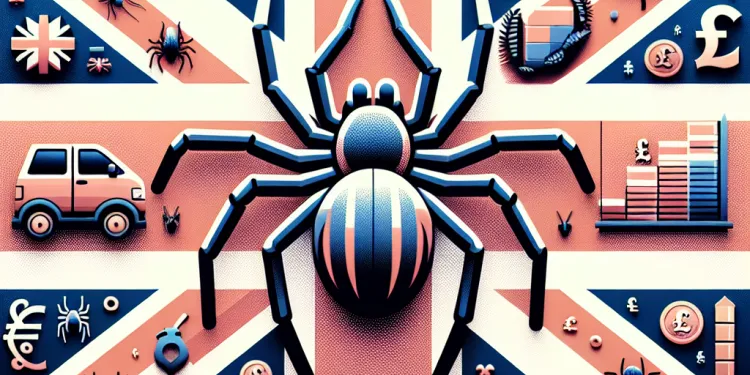
Are there any poisonous spiders in the UK?
Relevance: 84%
-
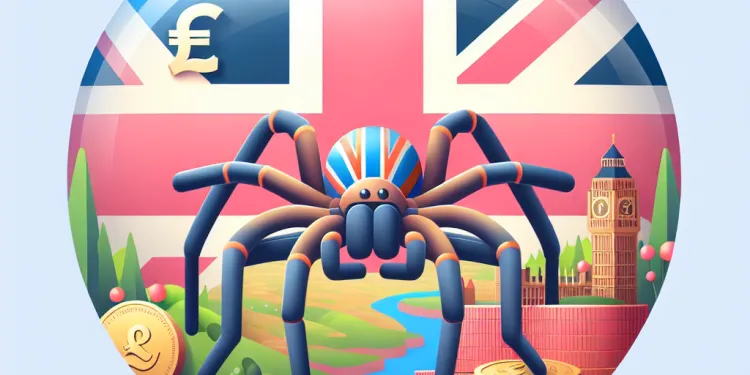
Are there non-venomous spiders in the UK?
Relevance: 83%
-

Do spiders in the UK carry diseases?
Relevance: 82%
-

Are UK spiders venomous?
Relevance: 78%
-

Which spiders in the UK can bite humans?
Relevance: 77%
-
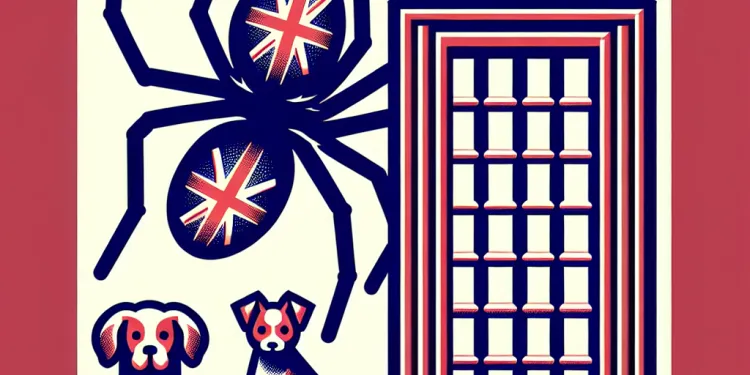
Do UK spiders pose a threat to pets?
Relevance: 77%
-

Can UK spiders cause allergic reactions?
Relevance: 76%
-
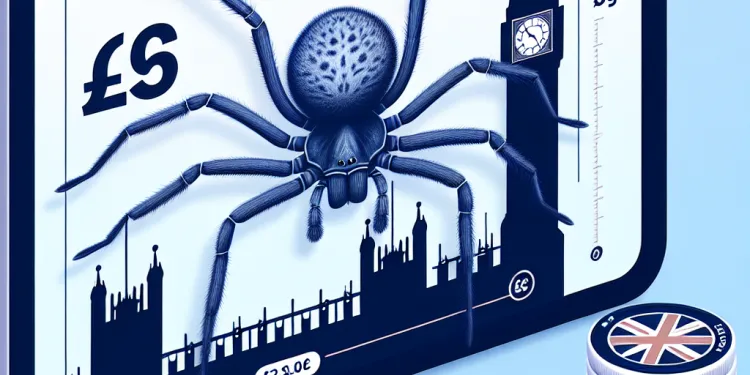
How big can spiders in the UK get?
Relevance: 74%
-
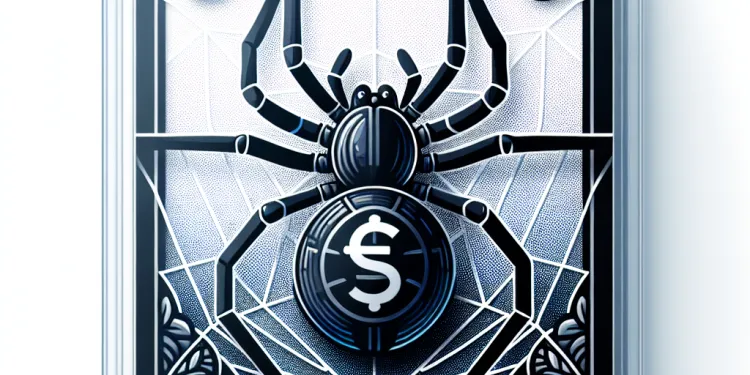
How can I identify a false widow spider?
Relevance: 74%
-

What is the most dangerous spider in the UK?
Relevance: 72%
-
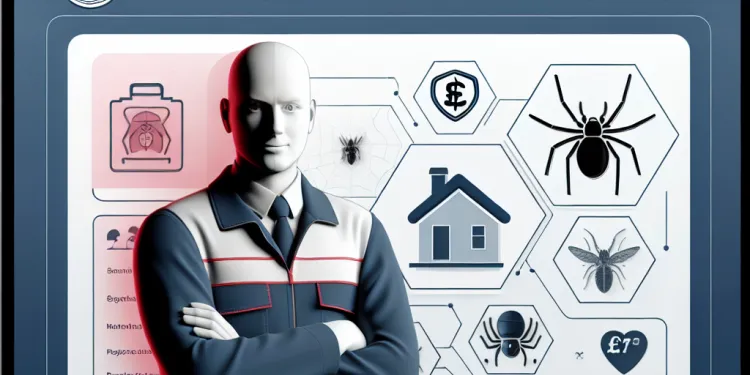
Is professional pest control needed for spiders?
Relevance: 72%
-

Is the bite from a false widow spider dangerous?
Relevance: 70%
-

What should I do if I get bitten by a spider in the UK?
Relevance: 70%
-

Can I keep a spider in the UK as a pet?
Relevance: 70%
-
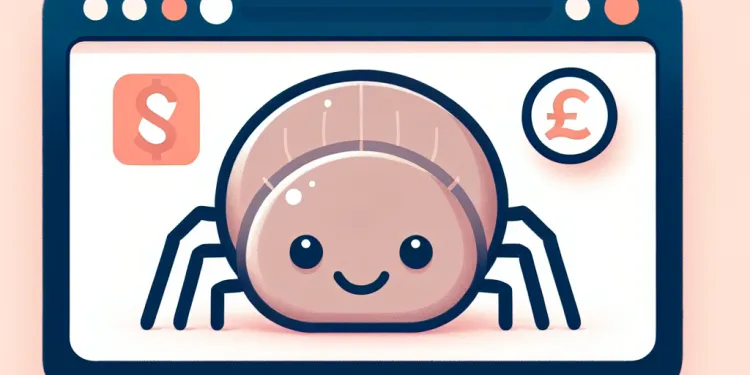
What types of spiders are commonly found in UK homes?
Relevance: 69%
-
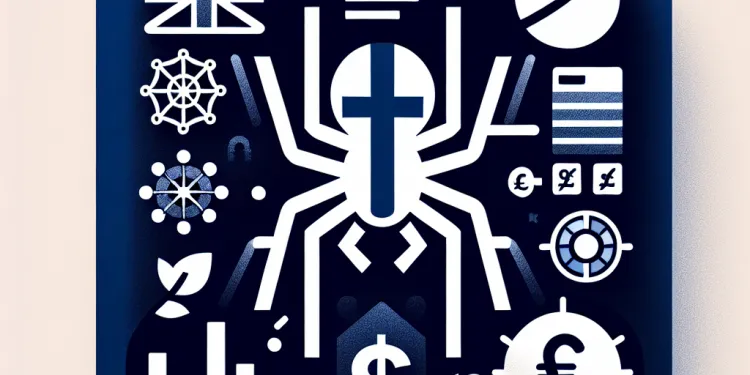
How common are spider bites in the UK?
Relevance: 53%
-
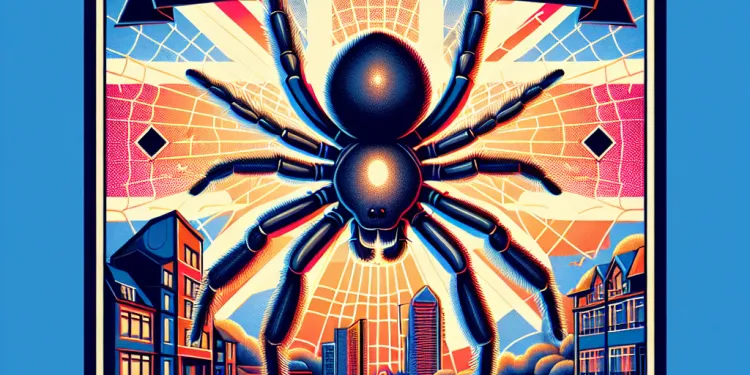
Are there any precautions to take against spiders in the UK?
Relevance: 53%
-

How are care homes different from nursing homes?
Relevance: 39%
-

What are Care Homes?
Relevance: 38%
-

Fire Safety At Home
Relevance: 36%
-

Are there different types of care homes?
Relevance: 36%
-

The role of residential and nursing homes
Relevance: 36%
-

The role of residential & nursing homes
Relevance: 35%
-

What is the Warm Home Discount?
Relevance: 35%
-

Home Haemodialysis - Donna's story
Relevance: 35%
-

Is the Warm Home Discount a loan?
Relevance: 35%
-
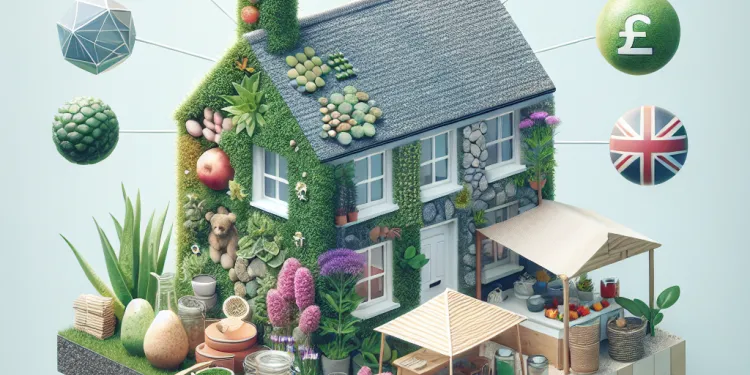
Are there home remedies for psoriasis?
Relevance: 35%
-

Do care homes provide medical care?
Relevance: 34%
-

Home dialysis help for kidney patients
Relevance: 34%
-

What services do care homes provide?
Relevance: 34%
-

Who can live in a care home?
Relevance: 34%
-

Are dietary needs accommodated in care homes?
Relevance: 34%
-

Are activities provided for residents in care homes?
Relevance: 34%
-

What are the visiting hours for care homes?
Relevance: 34%
-

When is the Warm Home Discount applied?
Relevance: 33%
-

Do I need a TV license for each TV in my home?
Relevance: 33%
-
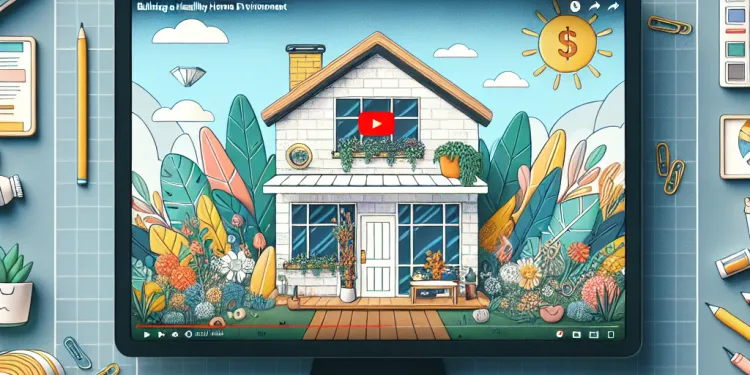
Building a Healthy Home Environment
Relevance: 33%
Common Types of Spiders Found in UK Homes
In the UK, it is not uncommon to encounter spiders within the home. These often harmless arachnids can vary in size and appearance but play a crucial role in controlling other pest populations. Understanding which spiders are most commonly found indoors can help alleviate concerns and foster a greater appreciation for these fascinating creatures.
House Spider (Tegenaria domestica)
The common house spider in the UK, Tegenaria domestica, is well adapted to living indoors and can often be found in corners, under furniture, and in basements. These spiders are typically brown with distinctive markings and relatively large, with a body length ranging from 6 to 12 mm. They are known for their funnel-shaped webs, which they use to trap insects.
Cellar Spider (Pholcus phalangioides)
Also known as daddy long-legs spiders, cellar spiders have distinctive long, thin legs and small bodies. They are usually found in dark, damp areas like cellars or basements, hence their name. Cellar spiders are generally harmless to humans and useful in controlling the population of other insects and spiders.
False Widow Spider (Steatoda nobilis)
The false widow spider, Steatoda nobilis, has garnered much attention in the UK due to its resemblance to the more dangerous black widow spider. While its bite can be painful, it is usually not serious. These spiders are characterized by a dark brown color with a bulbous abdomen, sometimes marked with cream-colored patterns. They typically inhabit warm and dry locations within houses.
Garden Spider (Araneus diadematus)
While primarily outdoor spiders, garden spiders can occasionally be found indoors. Recognizable by their distinctive white, cross-like markings on their abdomen, these spiders mainly reside in gardens, building orb webs to catch prey. When found inside, they are usually near windows or patios, having wandered in inadvertently.
Lace-Webbed Spider (Amaurobius similis)
The lace-webbed spider is another common UK household species. They are medium-sized, with dark brown bodies and lighter brown legs. These spiders often inhabit cracks in walls and window frames, especially in older buildings. Their sheet-like webs are distinctive, often draped over surfaces where they catch their prey.
Money Spider (Linyphiidae family)
Money spiders are a group of very small, often black or dark-colored spiders belonging to the Linyphiidae family. They are commonly found indoors and are considered beneficial as they eat various small insects. Money spiders are regarded as omens of good fortune, hence their name.
Conclusion
Despite their sometimes intimidating presence, spiders are vital to the ecosystem of a home, controlling insect populations and creating a balanced environment. Identifying and understanding common household spiders can help reduce fear and encourage coexistence with these important arachnids.
Common Types of Spiders Found in UK Homes
In the UK, many people see spiders in their homes. Spiders are usually not harmful. They help by eating other bugs. Knowing which spiders you might see at home can make you less scared and help you like them more.
House Spider (Tegenaria domestica)
The house spider, called Tegenaria domestica, is often found indoors in the UK. You might see them in corners, under furniture, or in basements. They are usually brown with special marks and can be big for spiders. Their bodies are about 6 to 12 mm long. They make funnel-shaped webs to catch insects.
Cellar Spider (Pholcus phalangioides)
Cellar spiders are also called daddy long-legs. They have long, thin legs and small bodies. They like dark, damp places like cellars or basements. Cellar spiders are not harmful to people and help by eating other bugs.
False Widow Spider (Steatoda nobilis)
The false widow spider, Steatoda nobilis, looks like the more dangerous black widow spider. Its bite can hurt but is usually not serious. It is dark brown with a round belly, sometimes with cream patterns. They like warm, dry places in houses.
Garden Spider (Araneus diadematus)
Garden spiders usually live outside but sometimes come inside. They have white cross-like marks on their belly. They make big round webs in gardens to catch food. If inside, they are usually near windows or patios.
Lace-Webbed Spider (Amaurobius similis)
The lace-webbed spider is often found in UK homes. They have dark brown bodies and lighter brown legs. They live in cracks in walls and window frames, especially in older buildings. Their webs look like sheets and catch insects.
Money Spider (Linyphiidae family)
Money spiders are small and usually dark. They are good to have indoors because they eat little bugs. People think they bring good luck, which is why they are called money spiders.
Conclusion
Spiders may look scary, but they are important at home. They keep insect numbers down and help create balance. Knowing about common home spiders can help you feel less afraid and more at ease with them.
Frequently Asked Questions
Useful Links
- Ergsy carfully checks the information in the videos we provide here.
- Videos shown by Youtube after a video has completed, have NOT been reviewed by ERGSY.
- To view, click the arrow in centre of video.
- Most of the videos you find here will have subtitles and/or closed captions available.
- You may need to turn these on, and choose your preferred language.
- Go to the video you'd like to watch.
- If closed captions (CC) are available, settings will be visible on the bottom right of the video player.
- To turn on Captions, click settings .
- To turn off Captions, click settings again.
More Items From Ergsy search
-

What should I do if I find a spider in my home?
Relevance: 100%
-

What are the benefits of having spiders in the home?
Relevance: 99%
-

Why might there be more spiders in the home during autumn?
Relevance: 94%
-

Are there any poisonous spiders in the UK?
Relevance: 84%
-

Are there non-venomous spiders in the UK?
Relevance: 83%
-

Do spiders in the UK carry diseases?
Relevance: 82%
-

Are UK spiders venomous?
Relevance: 78%
-

Which spiders in the UK can bite humans?
Relevance: 77%
-

Do UK spiders pose a threat to pets?
Relevance: 77%
-

Can UK spiders cause allergic reactions?
Relevance: 76%
-

How big can spiders in the UK get?
Relevance: 74%
-

How can I identify a false widow spider?
Relevance: 74%
-

What is the most dangerous spider in the UK?
Relevance: 72%
-

Is professional pest control needed for spiders?
Relevance: 72%
-

Is the bite from a false widow spider dangerous?
Relevance: 70%
-

What should I do if I get bitten by a spider in the UK?
Relevance: 70%
-

Can I keep a spider in the UK as a pet?
Relevance: 70%
-

What types of spiders are commonly found in UK homes?
Relevance: 69%
-

How common are spider bites in the UK?
Relevance: 53%
-

Are there any precautions to take against spiders in the UK?
Relevance: 53%
-

How are care homes different from nursing homes?
Relevance: 39%
-

What are Care Homes?
Relevance: 38%
-

Fire Safety At Home
Relevance: 36%
-

Are there different types of care homes?
Relevance: 36%
-

The role of residential and nursing homes
Relevance: 36%
-

The role of residential & nursing homes
Relevance: 35%
-

What is the Warm Home Discount?
Relevance: 35%
-

Home Haemodialysis - Donna's story
Relevance: 35%
-

Is the Warm Home Discount a loan?
Relevance: 35%
-

Are there home remedies for psoriasis?
Relevance: 35%
-

Do care homes provide medical care?
Relevance: 34%
-

Home dialysis help for kidney patients
Relevance: 34%
-

What services do care homes provide?
Relevance: 34%
-

Who can live in a care home?
Relevance: 34%
-

Are dietary needs accommodated in care homes?
Relevance: 34%
-

Are activities provided for residents in care homes?
Relevance: 34%
-

What are the visiting hours for care homes?
Relevance: 34%
-

When is the Warm Home Discount applied?
Relevance: 33%
-

Do I need a TV license for each TV in my home?
Relevance: 33%
-

Building a Healthy Home Environment
Relevance: 33%


